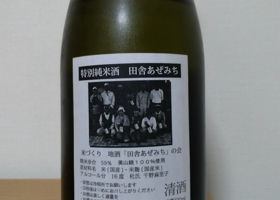川水流
I checked today and the order form will not arrive until the new year.
Last year it was at the end of the year, so it appears to be delayed.
With this, there is a possibility that the release will be delayed as well.
It will be after confirmation at the beginning of the year.
If not January 5, it was estimated to be around January 12.
Japanese>English









